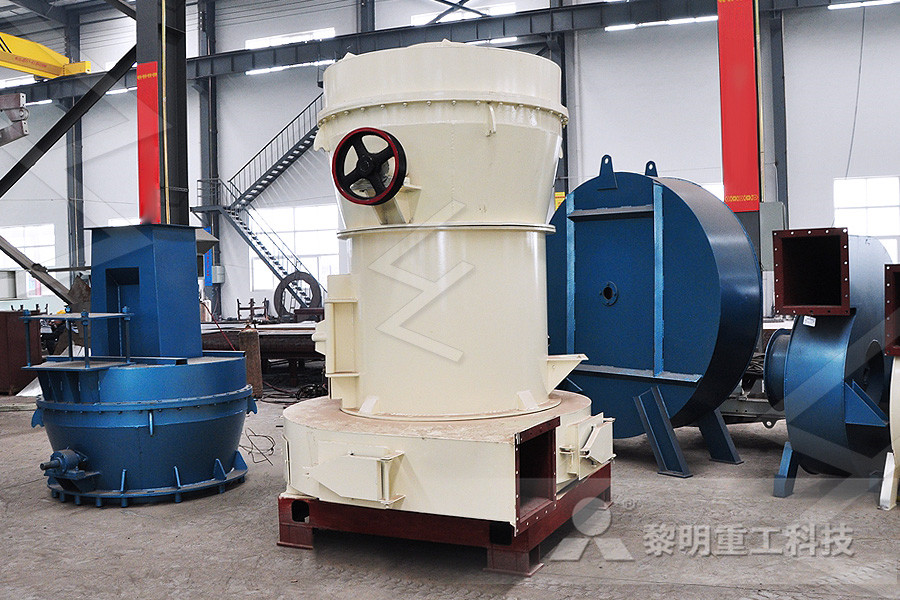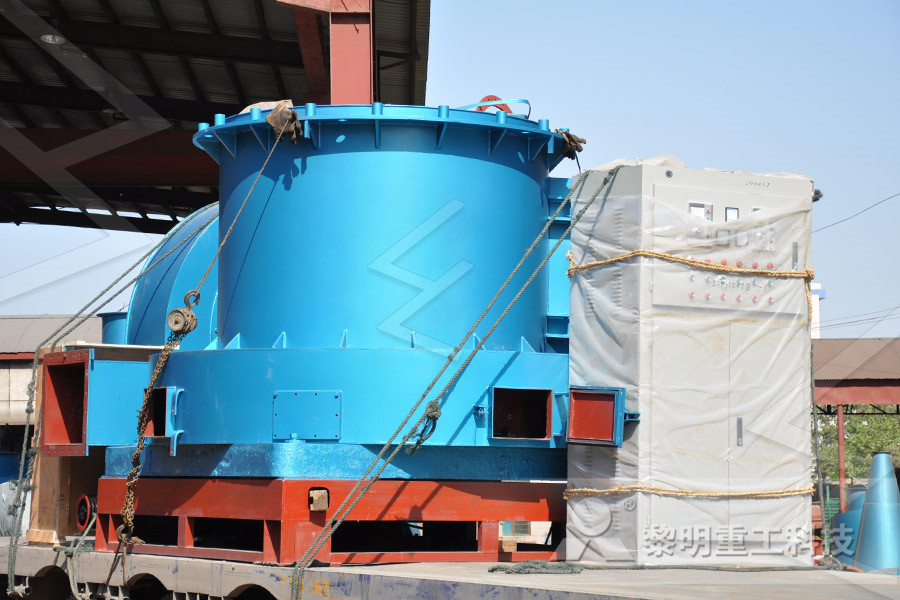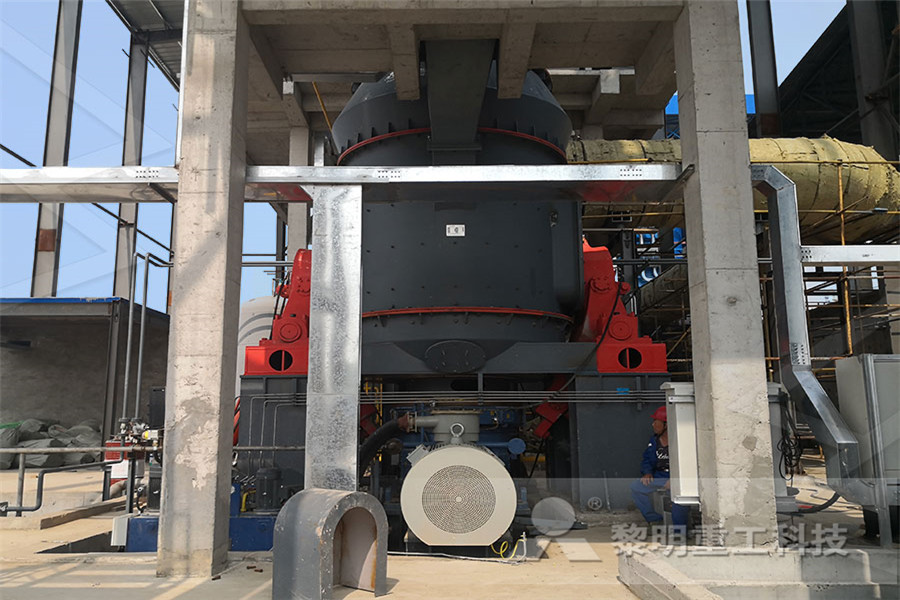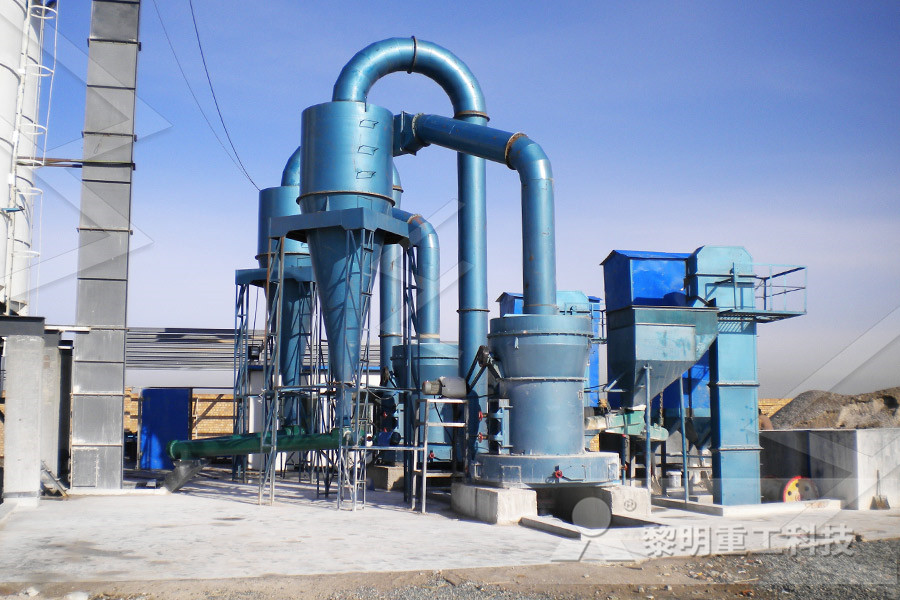
methods of plant virus aggregation
2020-04-09T08:04:13+00:00
(PDF) Viral Aggregation: Impact on Virus Behavior in
Virus aggregationdisaggregation is a complex process and predicting the behavior of any individual virus is di ffi cult under a given set of environmental The following points highlight the eight chief methods used for the transmission of plant viruses The methods are: 1 Seed Transmission of Virus 2 Transmission by Vegetative Propagation 3 Transmission by Mechanical Means 4 Transmission by Cuscuta 5 Soil Transmission 6 Insect Transmission 7 Transmission by Fungi 8Transmission of Plant Viruses: 8 Methods Virologysystems of plant virus detection are reviewed here, which includes immunologicalbased detection system, PCR techniques, and hybridizationbased methods such as microarray Some of techniques A Review of Detection Methods for the Plant Viruses

A general model of plant‐virus disease infection
In plantvirus disease epidemiology, dynamical models have invariably incorporated a bilinear inoculation rate that is directly proportional to both the abundance of healthy (susceptible) hosts and the abundance of infective vectors Similarly, the acquisition rate is usually assumed to be directly proportional to the abundance of nonviruliferous vectors and that of infectious hostsOptimally, methods for detection of plant viruses are sensitive, specifi c, and can be completed within a relatively short period of time and are inexpensive Recent advances in techniques for the detection of proteins and nucleic acids have provided an opportunity to develop methods with these qualities for the diagnosis of plant virus diseasesMethods for the detection of plant virus diseases Three modern serological methods to detect plant viruses Published: October 10, 2019 103 Tissue blotting immunoassay (TBIA) The technique of tissue blotting on nitrocellulose membrane was described for detection of plant viruses in infected plants Tissue blots were made by Three modern serological methods to detect plant viruses

Purification of Virus in Plants: 9 Main Steps
The following points highlight the nine main steps involved in the purification of virus in plants The steps are: 1 Virus Propagation in a Suitable Host Plant 2 Selection of Infected Part of the Plant 3 Factors 4 Extraction of Virus Using a Suitable Buffer 5 Infectivity Test 6 Criteria for Purity of Virus 7 Virus Yield 8Purification of potato virus X (PVX) by differential ultracentrifugation yielded preparations of aggregated entwined masses of flexuous rods Nonaggregated particles were obtained by Purification of potato virus X without aggregation Production of virusfree plants is necessary to control viral diseases, import novel cultivars from other countries, exchange breeding materials between countries or regions and preserve plant germplasm In vitro techniques represent the most successful approaches for virus eradication In vitro thermotherapybased methods, including combining thermotherapy with shoot tip culture, In vitro thermotherapybased methods for plant virus

Some Experiments On Inoculating Methods With
S ummary It is shown by means of dilution tests that a light rubbing with virus, in which no visible wound is produced on the leaf, is a more effective method of mechanical inoculation than scratching with a needle in the case of the five viruses: cucumber mosaic, spot necrosis, tobacco ring spot, petunia mosaic, and yellow tobacco mosaic, all XRAY AND CRYSTALLOGRAPHIC STUDIES OF PLANT VIRUS PREPARATIONS I INTRODUCTION AND PREPARATION 01~ SPECIMENS II MODES OF AGGREGATION OF THE VIRUS PARTICLES BY J D BEKNAL ANY I FANKUCHEN* (From the Department of Physics, Birkbeck College, University of London) PLATXS 1 TO 4XRAY AND CRYSTALLOGRAPHIC STUDIES OF PLANT VIRUSMathematical models of plantvirus and plantvectorvirus models have provided insight into effective methods for reduction of disease incidence and for increase in plant productivity (eg [5,6 A general model of plant‐virus disease infection

Purification of Virus in Plants: 9 Main Steps
The following points highlight the nine main steps involved in the purification of virus in plants The steps are: 1Virus Propagation in a Suitable Host Plant 2Selection of Infected Part of the Plant 3Factors 4Extraction of Virus Using a Suitable Buffer 5Infectivity Test 6Criteria for Purity of Virus 7Virus Yield 8Storage of Purified Virus 9In plantvirus disease epidemiology, dynamical models have invariably incorporated a bilinear inoculation rate that is directly proportional to both the abundance of healthy (susceptible) hosts and the abundance of infective vectors Similarly, the acquisition rate is usually assumed to be directly proportional to the abundance of nonviruliferous vectors and that of infectious hostsA general model of plant‐virus disease infection The PIs will systematically investigate the role of virus adhesion and aggregation on virus removal in MBRs The central hypothesis is that the extent of virus adhesion to extracellular polymeric substances (EPS) and soluble microbial products (SMP) countercorrelates with virus Current Project: Virus removal in membrane

Affimer reagents as tools in diagnosing plant virus
An ideal method for plant virus diagnosis would be a device which can be implemented easily in the field grid and plunge freezing caused catastrophic aggregation, Methods for Plant Human norovirus is the main cause of acute nonbacterial gastroenteritis around the world (Patel et al 2008)It was responsible for an estimated 58 % of all foodborne diseases in the USA between 2000 and 2008 (Scallan et al 2011) and caused numerous illnesses in Europe between 2001 and 2006 (Kroneman et al 2008) and in Canada from 2003 to 2011 (INSQ, 2011)Zeta Potential and Aggregation of VirusLike Particle Helper virus: These are the viruses transmitted by aphid vectors under certain conditions A aphid transmit can transmit the virus only if the source plant is infected by second virus So it is a dependent virus and second virus is referred as the helper virus virus Helper virus vector Type of transmission Potato aucuba mosaic virus PVA or Y M Transmission of plant virus SlideShare

511 The Effect of Adenoviral Aggregation on Gene
Various parameters influence this equilibrium as pH, temperature, and virus concentration (Galdiero 1979) This viral aggregation is though to be measured by the OD at 260 320 and 340 nm (Young and Sharp 1977) A recombinant adenoviral batch is considered aggregated when both ratios of 320/260 and 340/260 are above 03 The biggest problem here is a plethora of viral vector formulations, many of which interfere with analytical techniques We took adenoassociated virus (AAV) as an example and showed benefits of combined use of molecular methods and transmission electron microscopy (TEM) for viral vectors’ characterization and quantificationFrontiers Accurate Quantification and XRAY AND CRYSTALLOGRAPHIC STUDIES OF PLANT VIRUS PREPARATIONS I INTRODUCTION AND PREPARATION 01~ SPECIMENS II MODES OF AGGREGATION OF THE VIRUS PARTICLES BY J D BEKNAL ANY I FANKUCHEN* (From the Department of Physics, Birkbeck College, University of London) PLATXS 1 TO 4XRAY AND CRYSTALLOGRAPHIC STUDIES OF PLANT VIRUS

Purification of Virus in Plants: 9 Main Steps
The following points highlight the nine main steps involved in the purification of virus in plants The steps are: 1Virus Propagation in a Suitable Host Plant 2Selection of Infected Part of the Plant 3Factors 4Extraction of Virus Using a Suitable Buffer 5Infectivity Test 6Criteria for Purity of Virus 7Virus Yield 8Storage of Purified Virus 9MATERIALS AND METHODS VIRUS AND PLANT MATERIAL: Leaflets of young tomato plants (Lycopersicum esculentum Mill var Improved Pearson) were inoculated with a common strain of TMV similar to the U1 strain as described by Siegel and Wildman (18) Individual leaflets were inoculated by rubbing their upper surfaceASSEMBLY AND AGGREGATION OF TOBACCO MOSAIC Author Summary A great deal is understood about how a virus infects an individual cell and manages to replicate Patterns of disease progression in plant and animal hosts, such as virus titers and the appearance of symptoms, have also been described in great detail On other hand, very little is known about what is happening at the intermediate levels during virus infectionWithinHost Spatiotemporal Dynamics of Plant Virus

Frontiers Accurate Quantification and
The biggest problem here is a plethora of viral vector formulations, many of which interfere with analytical techniques We took adenoassociated virus (AAV) as an example and showed benefits of combined use of molecular methods and transmission electron microscopy (TEM) for viral vectors’ characterization and quantification Helper virus: These are the viruses transmitted by aphid vectors under certain conditions A aphid transmit can transmit the virus only if the source plant is infected by second virus So it is a dependent virus and second virus is referred as the helper virus virus Helper virus vector Type of transmission Potato aucuba mosaic virus PVA or Y M Transmission of plant virus SlideShare Various parameters influence this equilibrium as pH, temperature, and virus concentration (Galdiero 1979) This viral aggregation is though to be measured by the OD at 260 320 and 340 nm (Young and Sharp 1977) A recombinant adenoviral batch is considered aggregated when both ratios of 320/260 and 340/260 are above 03511 The Effect of Adenoviral Aggregation on Gene

A viral expression factor behaves as a prion Nature
Prionforming proteins have been found in animals, plants, fungi, and bacteria Here, Nan et al report that a baculovirusencoded protein behaves as prion in a yeast system and forms aggregates Influenza viruslike particle vaccines are one of the most promising ways to respond to the threat of future influenza pandemics VLPs are composed of viral antigens but lack nucleic acids making them noninfectious which limit the risk of recombination with wildtype strains By taking advantage of the advancements in cell culture technologies, the process from strain identification to Analytical technologies for influenza viruslike particle Determining exact viral titers in a given sample is essential for many environmental and clinical applications, eg, for studying viral ecology or application of bacteriophages for food safetyA rigorous assessment and comparison of